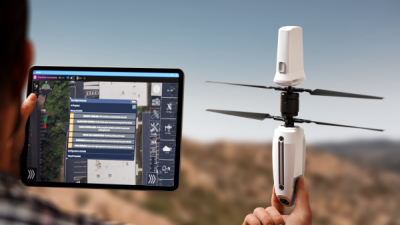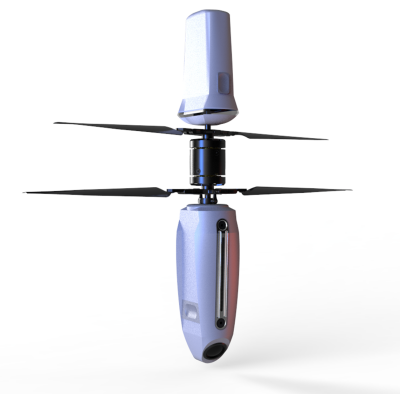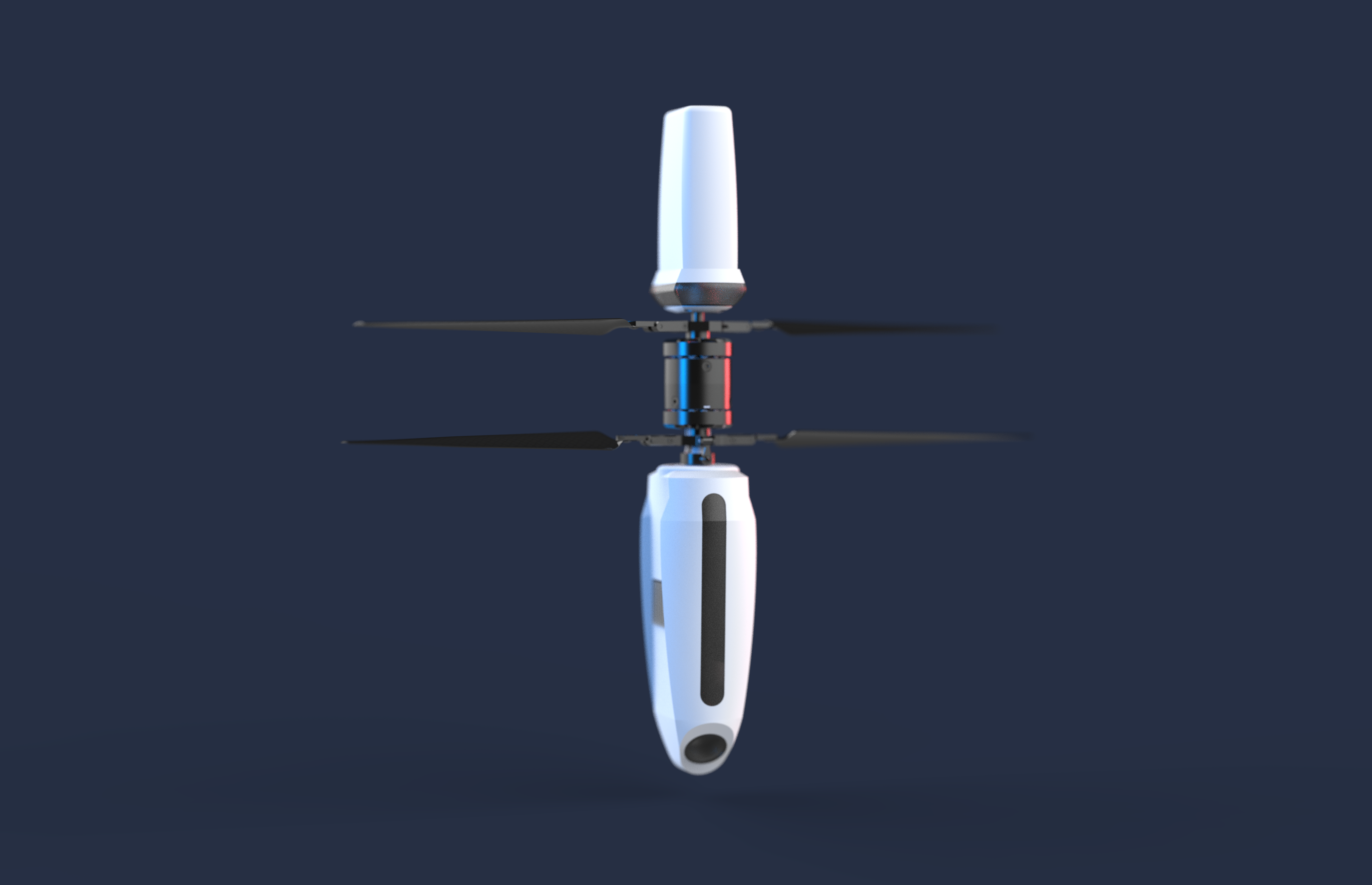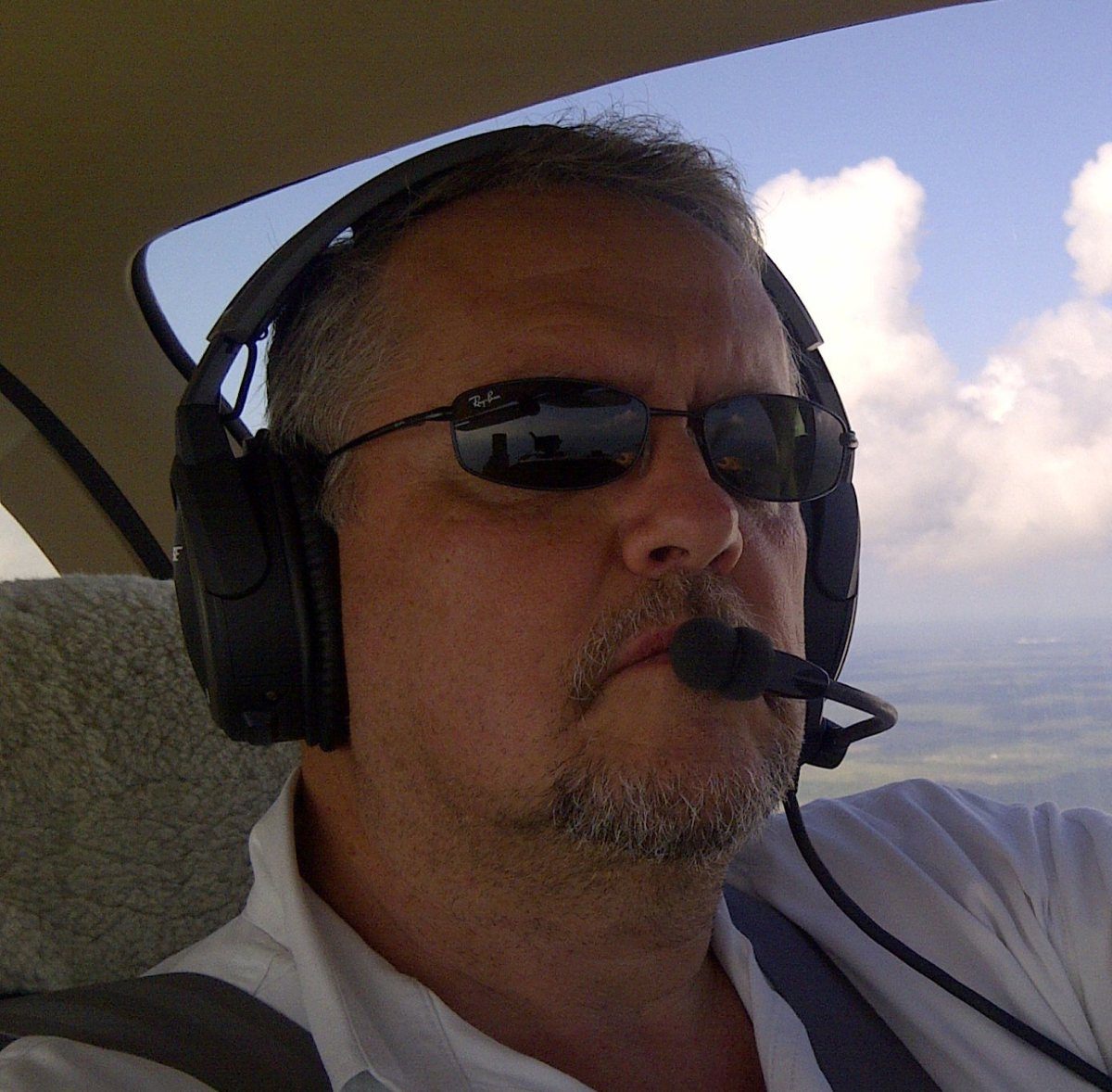Ascent AeroSystems’ HELIUS is a fully NDAA-compliant nano drone weighing less than 250 grams, offering GPS-denied navigation, AI-powered obstacle avoidance, object tracking, and advanced autonomy.
Ascent AeroSystems designs and manufactures rugged, high-performance unmanned aerial systems (UAS) for defense, public safety, and industrial operators. Founded in 2015, the company developed a family of coaxial rotor platforms, most notably the Spirit and NX30, known for their compact form factor, all-weather durability, and mission-critical reliability. Customers include U.S. and allied defense agencies, special operations forces, first responders, and industrial operators who need dependable performance in real-world, real-time conditions.
Within each of those market segments are two groups of customers: operators – those who need turn-key, mission-ready systems out of the box, and system integrators, companies that are using Ascent AeroSystems’ airframes as part of a complete UAS-based system involving their payloads and other mission equipment, such as counter-UAS and other complex system-of-systems.
HELIUS Coaxial Nano UAV system specifics
HELIUS is a fully NDAA-compliant nano drone weighing less than 250 grams. Built around our patented coaxial architecture, it offers GPS-denied navigation, AI-powered obstacle avoidance, object tracking, and advanced autonomy. Despite its size, it delivers best-in-class flight stability, wind tolerance, and robustness.
These are some of the HELIUS Coaxial Nano UAV system specifications:
- Drone type: Sub-250g coaxial multirotor UAV with autonomous and semi-autonomous flight capabilities.
- Payloads: The initial Helius will be equipped with an integrated 4K EO sensor and onboard AI/ML compute for real-time object detection and tracking. It will feature an LTE cellular C2 link, but future variants will offer other options to suit other applications and market segments. An IR sensor version is also planned, as are additional modular features.
- Target verticals and applications: Tactical ISR and overwatch for defense and public safety, industrial security, and search & rescue
- Release date and market availability: HELIUS was introduced to the market in March 2025 at VERTICON and will be commercially available in late 2025.
HELIUS shares the same core design philosophy as Spirit and NX30 but scales it down to a sub-250g class. It sacrifices its siblings’ payload capacity and nearly unlimited modularity, but its compact form factor unlocks a broad range of applications where larger industrial-grade, UAS aren’t feasible. Like all Ascent products, HELIUS is designed for real-world use: durable, portable, and dependable in real-world environments.
AI-enabled obstacle avoidance and object tracking hardware/software
HELIUS uses a lightweight, forward-facing camera system powered by an onboard edge-AI

processor to enable real-time perception. The system supports both visual odometry and SLAM, allowing navigation in GPS-denied environments and dynamic tracking of moving objects. It is powered by a software stack optimized for low-SWaP operation and designed to support mission autonomy, not just pilot assistance. Specific component manufacturers will be announced at the product launch.
Ascent’s coaxial propulsion technology
Every Ascent AeroSystems delivers a unique combination of compactness, durability, and aerodynamic efficiency. By vertically stacking two counter-rotating rotors along a single central axis, coaxial propulsion allows for a cylindrical form factor that is significantly smaller and easier to handle than a conventional multirotor. This compact geometry makes it easier to launch, recover, store, and transport the system, especially in space-constrained or improvised environments. It also simplifies environmental sealing and structural reinforcement, supporting reliable operations in harsh weather and challenging terrain.
All of Ascent’s platforms, from the Spirit to the NX30 to the sub-250g HELIUS, are purpose-built around this architecture. The result is a family of airframes optimized for mission-critical operations where portability, durability, and all-environment performance are essential. The coaxial configuration isn’t a stylistic choice, but a deliberate engineering decision that enables real-world capability.
Bringing coaxial propulsion to a sub-250g platform 
Ascent AeroSystems managed to bring coaxial propulsion to a sub-250g platform while maintaining Ascent’s standards, starting with the same design priorities that define every Ascent product: compactness, durability, and real-world performance. HELIUS is the result of applying those principles to the sub-250g class. What makes it possible is the coaxial architecture. The vertical, cylindrical configuration naturally lends itself to smaller, more rugged airframes without sacrificing aerodynamic efficiency or structural integrity. That gives a strong engineering foundation to build from, regardless of size. HELIUS isn’t a reskinned toy or a consumer conversion, but a purpose-built platform designed to perform reliably in the environments where it’s needed. Like its larger siblings, it was engineered for mission relevance.















Comments